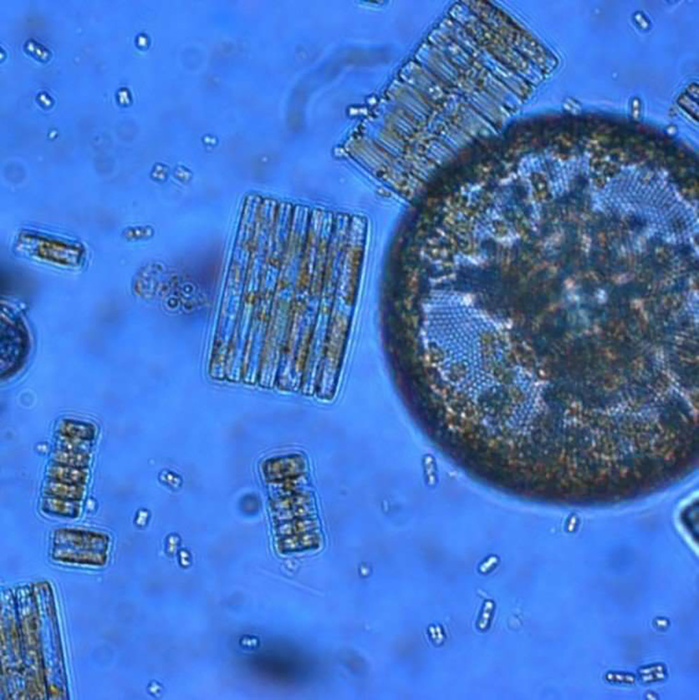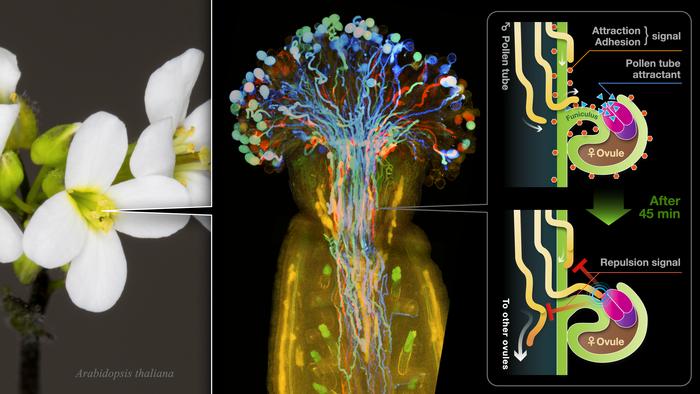All life starts at a small scale, also in the ocean. Microscopic organisms, phytoplankton, form an important basis for the entire marine ecosystem, which ultimately determines how fish stocks develop and how much atmospheric carbon dioxide is taken up by the ocean. In this respect, understanding the basis of the marine ecosystem is important for two elementary questions for the future of our human population: nutrition and climate.
Scientists from Dalhousie University, University of Liverpool, GEOMAR Helmholtz Centre for Ocean Research Kiel and Scripps Institution of Oceanography have developed a new model for studying phytoplankton growth in the ocean. The model was coupled to metaproteomic and environmental data to allow accurate predictions of e.g. phytoplankton growth rates in the Southern Ocean. “You can think of phytoplankton growth like industrial manufacturing in a factory: Materials come into the factory and are processed on assembly lines, creating the final product”, explains Scott McCain, lead author of the study and a PhD student in the Department of Biology at Canada’s Dalhousie University. “We asked ourselves how to increase output, which is the amount of products leaving the factory”, McCain adds. Applied to phytoplankton, that means how can they grow faster?
“As part of the study, we found that phytoplankton rearrange their ‘cellular assembly lines’ to do this”, explained Prof. Dr. Eric Achterberg, co-author of the study from GEOMAR. “We were not concerned with the amount of available nutrients, including iron and manganese, that are important for the growth of phytoplankton, but rather with the question of how the ‘cellular assembly lines’ in the phytoplankton that process the source substances for their growth adapt to changes”, Achterberg continued. To do this, the researchers created a mathematical model of a phytoplankton that enabled them to simulate these processes. The model was linked to laboratory and cruise data from the Southern Ocean on metaproteomics[1], dissolved iron and manganese. This allowed them to obtain new explanations for various phytoplankton processes. “Our results show that cumulative cellular costs determine how environmental conditions change the growth of phytoplankton”, says Professor Achterberg.
“This fundamentally changes the way we look at phytoplankton growth and will lead to better predictions of how phytoplankton will grow in the ocean”, adds Scott McCain. According to the Canadian scientists these findings are also important for predictions on the development of fish stocks and global climate change.
IMAGE CREDIT: Jeff McQuaid.





Leave a Reply